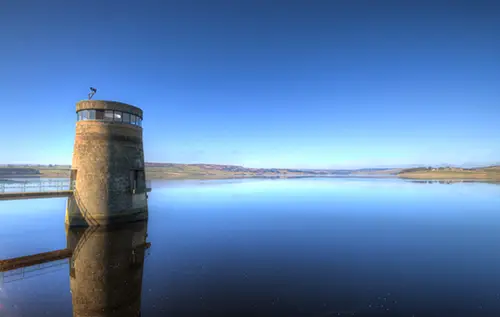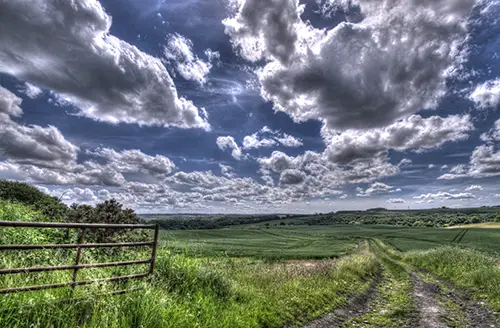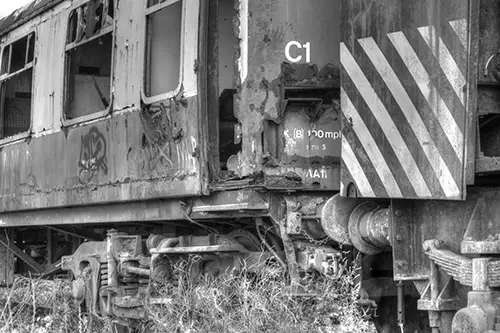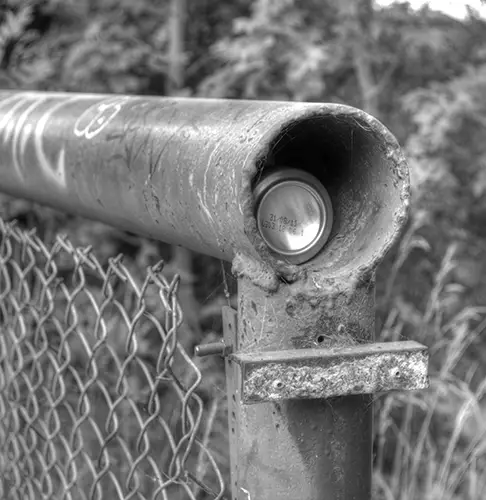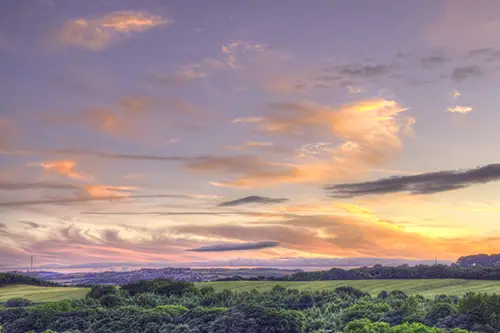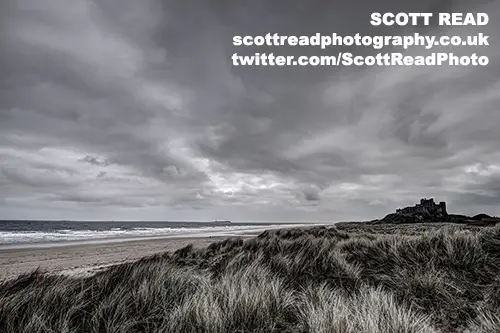Scott Read is a photographer from Stanley, County Durham in the United Kingdom who specialises in HDR landscape photography, decaying buildings and urban commentary mobile photography.
In this interview Scott talks about his love for photography, favourite gear, and best practices.
How did you pick up photography and how has your style changed over time?
I stumbled into photography accidentally really. Although I always had photography around me, it was HDR that really made me pick up the camera in a more serious way. Having been involved with design and creativity, this particular technique really appealed to that sensibility. It is easy to “over Do” and create garish pictures, and I am guilty of this in the early days, so over a number of years I have just learned to dial it back and refine my work.
What attracted you to High Dynamic Range (HDR) landscape photography?
It was the high level of detail that is achievable that really drew me to this processing technique, and the workflow required is two-fold, you obviously have the photography element and the set-up with that for the HDR, then you have the post processing afterwards where you really get to flex your creative muscle as you have so much detail to work with.
What are the three best practices you would recommend to anyone interested in HDR imaging?
Don’t use the ‘HDR’ shooting modes built into a lot of newer cameras, it really is not the same, take time to learn the proper processes and techniques rather than taking the short cuts.
Rather than trying to fake the look in photo editing software, invest in proper HDR software or relevant plug-in’s for your editing software; your investment will reward you with better quality images and provide you with the tools to get the most out of your images.
Take your time with the photographing end of things, time and a sturdy tripod pay dividends!
How about gear? Are you a Canon or a Nikon guy?
Have always had Nikon DSLR’s, not for any particular reason aside from having them recommended and at the time having the feature set I needed. I have recently been experimenting with a Sony Mirrorless System with a view to a possible full time switch further along the line.
You also take photos of decaying buildings. What is the story you’re trying to tell?
HDR and decay seem to go hand in hand, in really pulls out the age, texture and the stories a lot of these places have to tell. Along with this visual depiction I feel that it is important that these sorts of buildings and other abandoned history are documented, or they really will be lost with no record of them ever existing.
Who influenced you the most as an artist?
My early artistic influences stem from album artwork, most specifically the works of Mark Wilkinson that he done with Marillion, also Roger Deans YES album covers; this really set me on a path to the creative industries. On a photography standpoint it would have to be the work of one of the great HDR advocators and pioneer, Trey Ratcliff.
How do you use mobile photography in your daily life?
As a photographer it is important to have some means to take a photograph at all times. Most of the time it can become a chore to carry around a DSLR and tripod all of the time, so a mobile phone is a godsend, also allows you to connect with your audience on social media very quickly and easily. Thankfully mobile phone cameras are pretty good these days, and using a high end Windows phone I can get very good image quality from it, something they are particularly well known for.
How much Photoshop work do you do with your photos?
I try to do as little post processing as possible; that may sound a little odd considering that HDR is a post processing technique in itself, but outside of the profiles I have set up within my chosen HDR software, little else is done aside from blemish removal and some cropping if needed. I like the challenge of getting as much right at the shooting end of things, the use the HDR to bring the best out of what I have taken.
Where do you exhibit your work?
I have works available in two galleries in the UK which were kind enough to display selected pieces of mine, and promoting what I am doing as an artist. Furthermore, I have put on a series of ‘Pop-Up’ exhibitions in a variety of diverse locations across the UK, and will continue to do so as it allows me to connect directly as an artist to people who enjoy and follow my work.
What are you plans for the near and far future?
In the very near future I am lucky enough to be in talks with another gallery with a view to an exhibition towards the end of September / early October; once details are finalized word will be spread through social media. In the longer term, I am looking to spend some time experimenting with street photography, and am also looking to produce my first book, but this is a bigger project that I am still in the planning stage with.

